INVASIVE CREATURES ON EARTH
Added on: 17th Jun 2016
THE COMMON MALARIA MOSQUITO
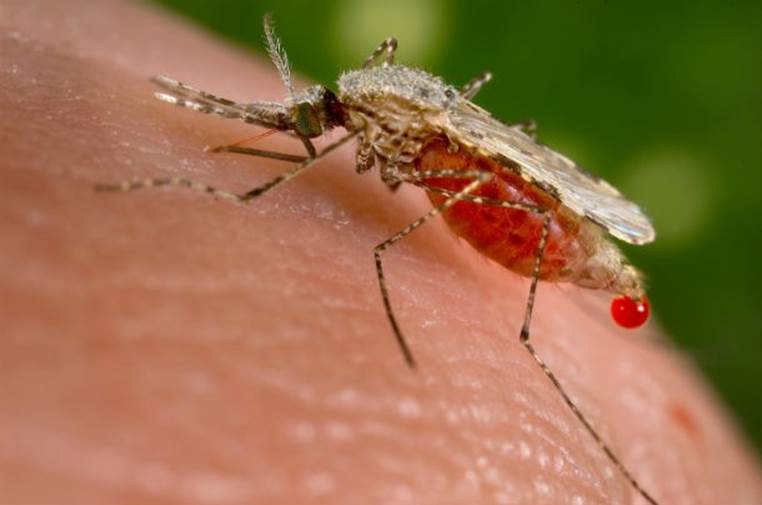
Anopheles quadrimaculatus (as it is known scientifically) is a
mosquito that is responsible for most cases of malaria in
North America. They are typically found at sites with abundant
rooted aquatic vegetation, such as rice fields and adjacent
irrigation ditches, freshwater marshes, and the vegetated
margins of lakes, ponds, and reservoirs.
THE ASIAN LONG-HORNED BEETLE
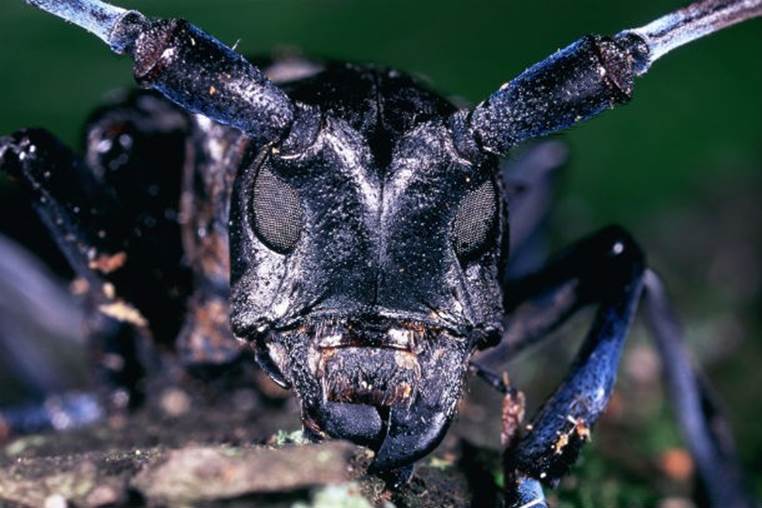
The Asian long-horned beetle is a large wood-boring beetle that
is native to countries in Asia, including Japan, Korea, and China.
It was first introduced to the US back in the mid-’90’s and twenty
years later it threatens 30–35 percent of the trees in urban areas
of the eastern US. The economic, ecological, and aesthetic
impacts on the United States would be devastating if the
beetle continues to spread.
THE ASIAN TIGER MOSQUITO

The Asian tiger mosquito is spread via the international tyre trade
due to the rainwater retained in the tyres when stored outside.
In order to control its spread such trading routes must be
highlighted for the introduction of sterilization or quarantine
measures. The tiger mosquito is associated with the transmission
of many human diseases, including dengue fever,
the West Nile virus, and Japanese encephalitis.
THE BURMESE PYTHON
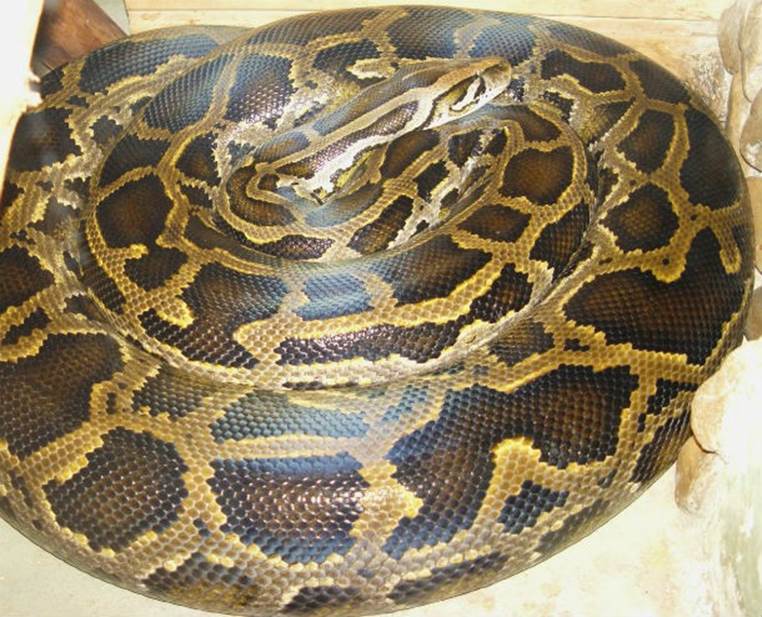
Burmese pythons might be a popular pet because of their
attractive colour pattern, reputed docility, and the allure
(for some, anyway) of owning a giant snake. As predators,
however, Burmese pythons pose a threat to endangered
wildlife in South Florida. Their rapid and widespread
invasion is facilitated by aspects of their natural history
including their diverse habitat use, broad dietary preferences,
long life span, high reproductive output, and ability
to move long distances.
STARLINGS
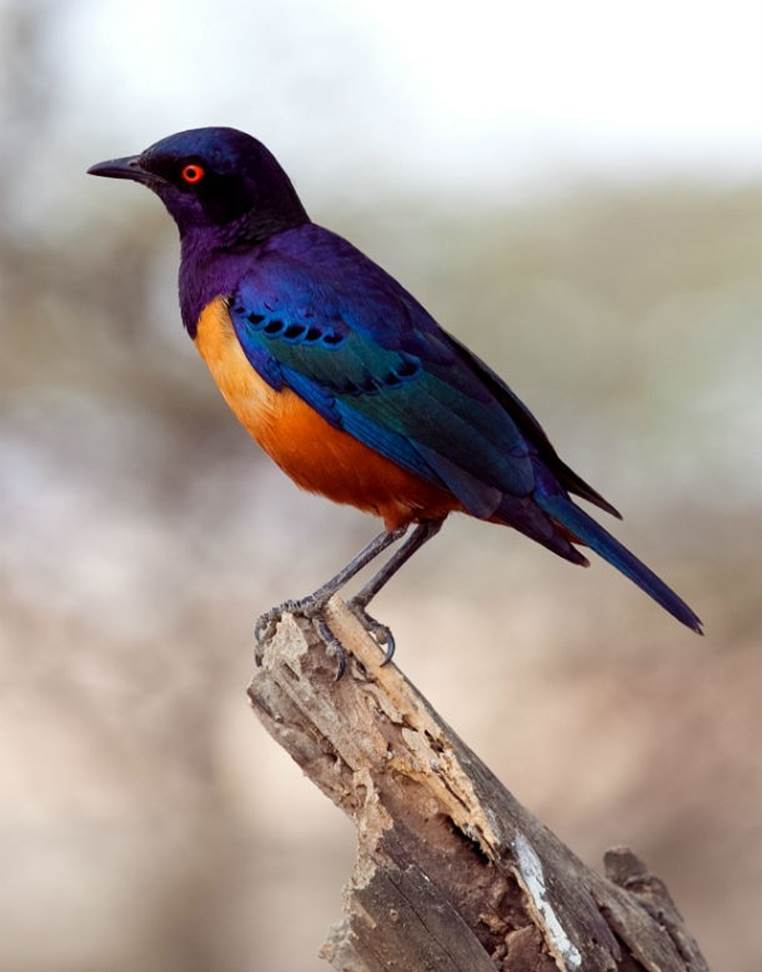
Don’t be fooled by this bird’s striking colours. The European
starling is a notorious competitor and will aggressively lay claim
to native bird nesting sites, kicking out the resident birds and
their eggs. They compete with native birds for space and food,
but also carry disease, ticks, and mites that are spread to native
bird species and humans. Starlings are also a threat to
farmers since flocks of birds can wipe out crops.
KILLER BEES
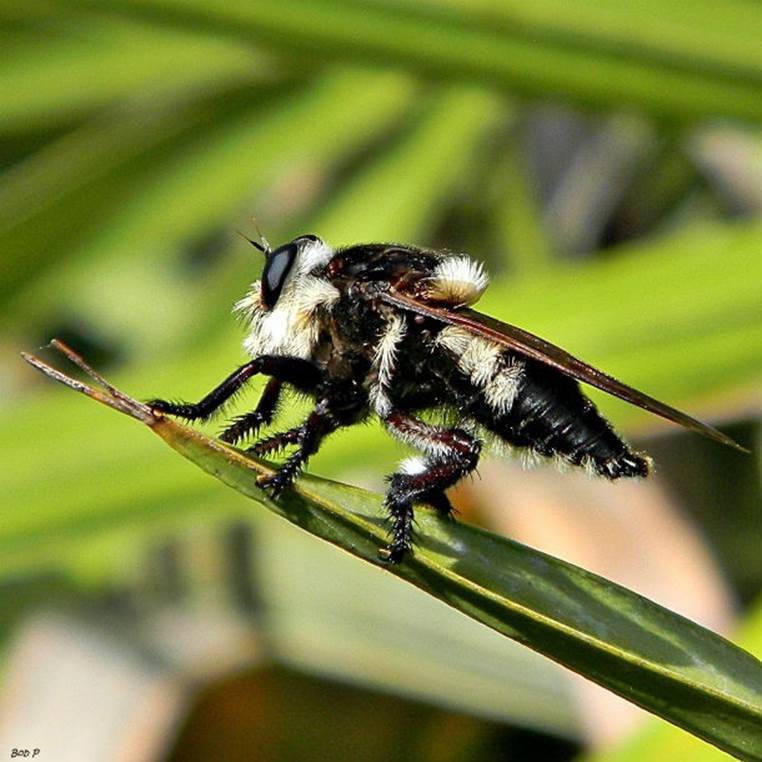
Even though movies such as the 1974 film Killer Bees have
succeeded in instilling fear, the bees’ venom is no more toxic
than that of the European honeybee. They are, however, known
to be highly aggressive and sting a lot more, with some victims
receiving more than a thousand stings. In addition to being a
threat to humans, they are also relatively lazy when it comes
to producing honey, making them a threat to agricultural
stability as well.
THE GREY SQUIRREL
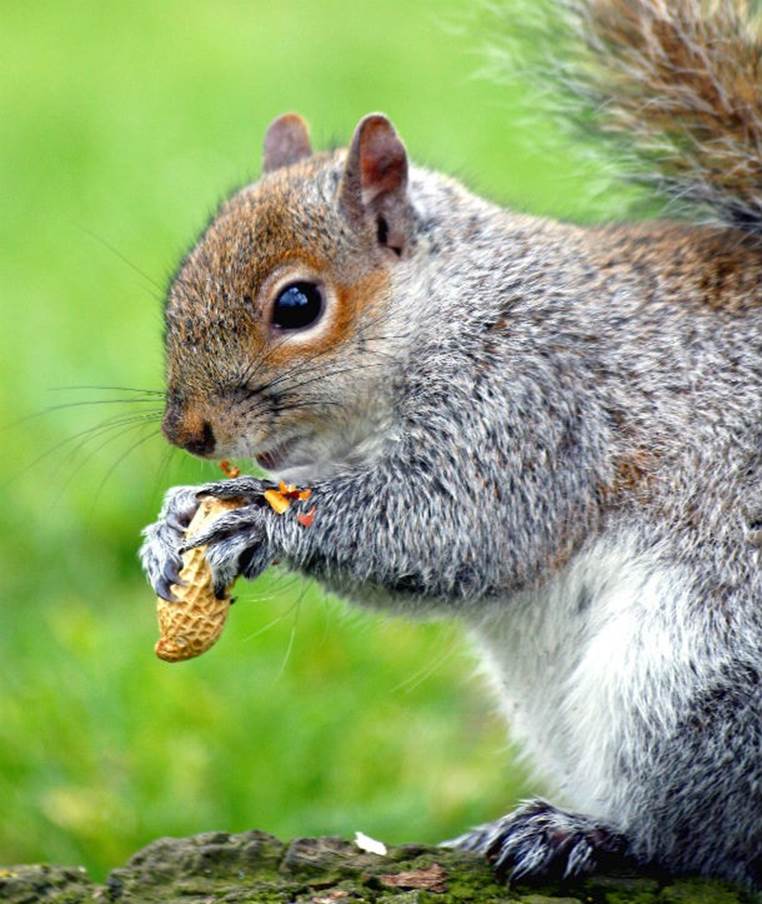
The grey squirrel may be cute and fuzzy to look at, but it is an
invasive mammal. In British Columbia it is ranked by the
Invasive Species Specialist Group (ISSG) as one of the Top 100
Invasive Species in the world. This small mammal has a big
ecological impact, often causing disease (Para poxvirus), and is
responsible for displacing native birds from their nesting
habitat, and eating the birds’ eggs and nestlings.
ZEBRA MUSSELS
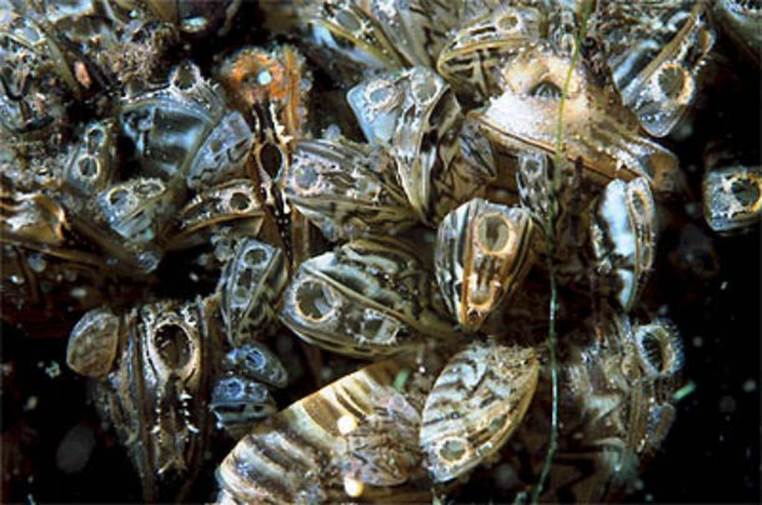
Zebra mussels are small, fingernail-sized creatures that attach
to solid surfaces in water. A single female can produce 100,000
to 500,000 eggs per year, contributing to their successful
invasions. These develop into microscopic, free-living larvae
that begin to form shells, taking over huge lakes.

Comment on this